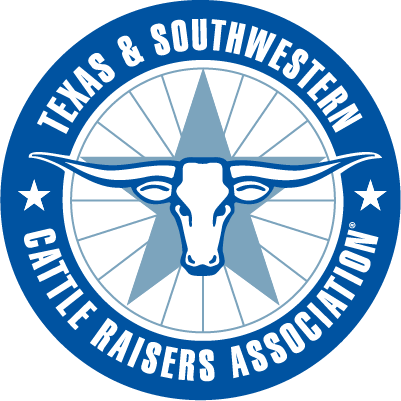While it is true change can be a good thing, it rarely occurs without a learning curve. Not surprisingly, then, that is the case with the Veterinary Feed Directive after the U.S. Food and Drug Administration recently tightened the federal rule.
As of Jan. 1, producers must obtain an authorization or prescription to purchase medically important antibiotics and administer them to food animals through feed and drinking water.
Medically important antibiotics are medicines critical to treating human diseases.
Chris Richards, Oklahoma State University Extension and research beef cattle nutrition specialist, debunked five myths surrounding the VFD since the stricter rule went into effect this month.
Myth 1: Feed antibiotics will not be available to producers for their livestock.
Antibiotics will be available to producers for the treatment, prevention and control of disease.
“Producers will have to have a relationship with their veterinarian and get a VFD to use the feed antibiotics,” Richards said.
Myth 2: A VFD is required to feed any feed additives.
This can be true for producers feeding an antibiotic that requires a VFD.
When a veterinarian fills out the VFD authorization, there are three options – no additional feed additive included in the diet, feed additives listed on the VFD may be fed with the antibiotic or the antibiotic can be fed with any legal feed additives.
“As in the past, antibiotics have approved combinations with other drugs that still must be followed. The feeding of ionophores, coccidiostats, insect growth regulators, wormers and other such products will not require a VFD unless fed with an antibiotic that requires a VFD,” Richards said. “Many other feed additives such as probiotics and enzymes are not considered drugs and can be fed in any combination.”
Myth 3: My feed dealer will not be able to have my feed until I provide a VFD.
A feed dealer can make and warehouse feed that contains antibiotics. The dealer must have a valid VFD to sell that feed to a producer.
Myth 4: This is going to require a lot of paperwork.
“Many producers don’t feed antibiotics and won’t be affected by the regulations,” Richards said. “Most cow-calf producers who feed antibiotics and have a relationship with a veterinarian and feed dealer will find the process is easy to complete a couple times a year with their veterinarian.”
For most operations, attaching the VFD to the feed bill and keeping it with pertinent records will be acceptable documentation. Producers who feed antibiotics and buy and sell multiple lots of cattle will need to maintain records that also include information about the groups of animals fed and feeding dates.
Myth 5: Many animals will not have feed antibiotics available to them.
Feed antibiotics have always required being fed strictly by label directions and not even veterinarians could use them “off label.” This continues to be the case.
“Guidance documents have been released recently allowing some discretion on the part of veterinarians on use of these products in minor species such as goats, sheep, bees and lamas, that have few products available to them,” Richards said. “Veterinarians will have discretion to use feed antibiotics in minor species to prevent suffering and death.”
The FDA moved to strengthen the VFD in an effort to promote more judicious use of antibiotics in food animals.
Specifically, the regulation places restrictions on livestock usage of types of antibiotics that also are used in human medicine.
For more information on the VFD, visit www.fda.gov and search for “Veterinary Feed Directive”or contact your local county Extension office.
Source: Oklahoma State University Division of Agricultural Sciences and Natural Resources
PO BOX 101988
FORT WORTH, TX 76185
1-800-242-7820
© 2023 Texas & Southwestern Cattle Raisers Association; All Rights Reserved.
